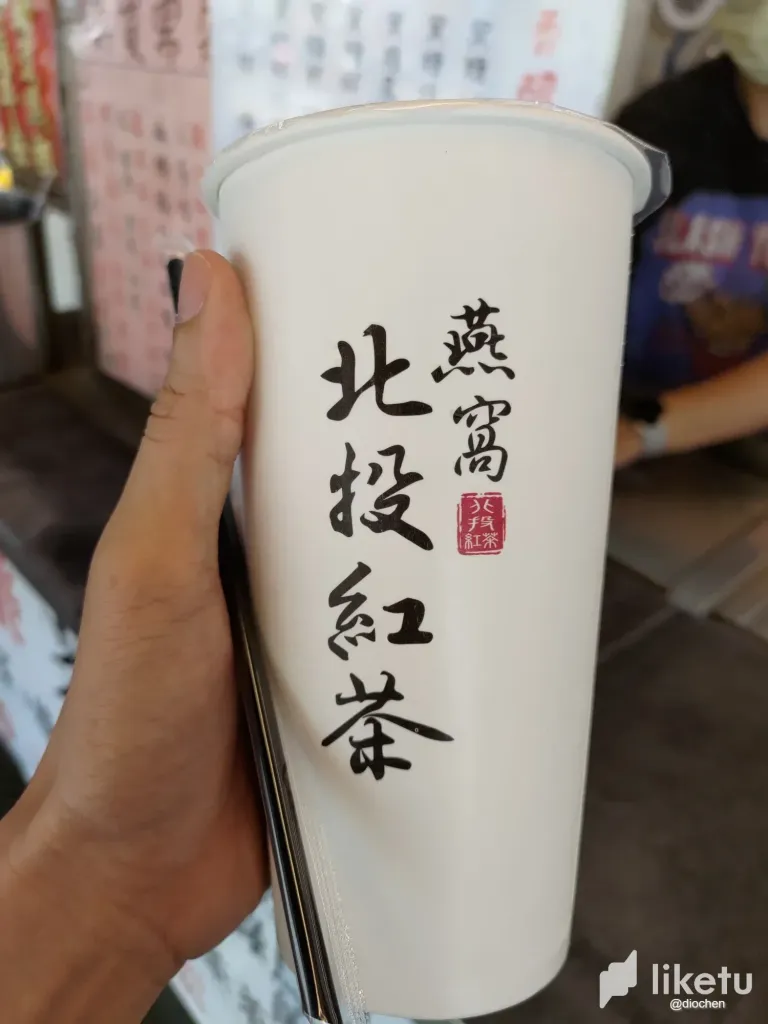
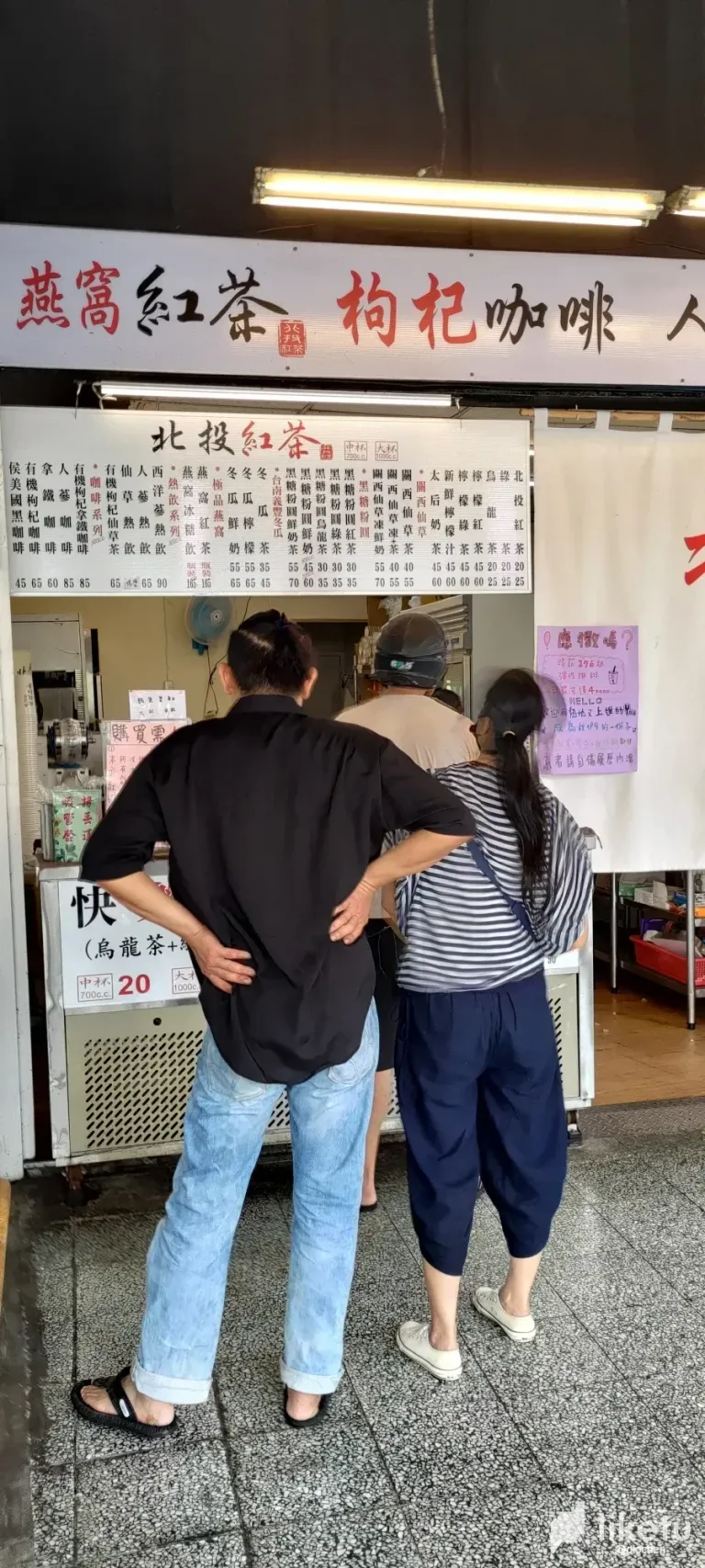
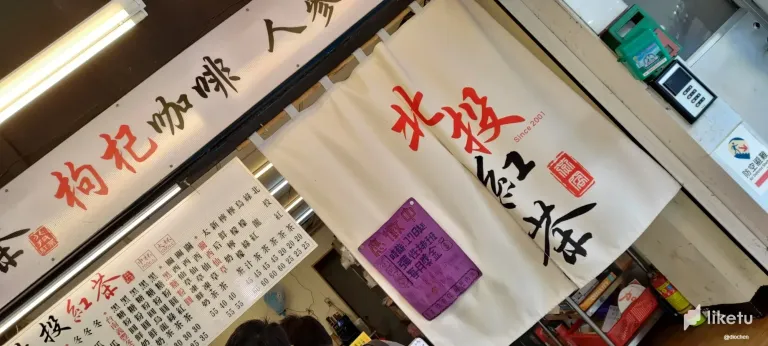
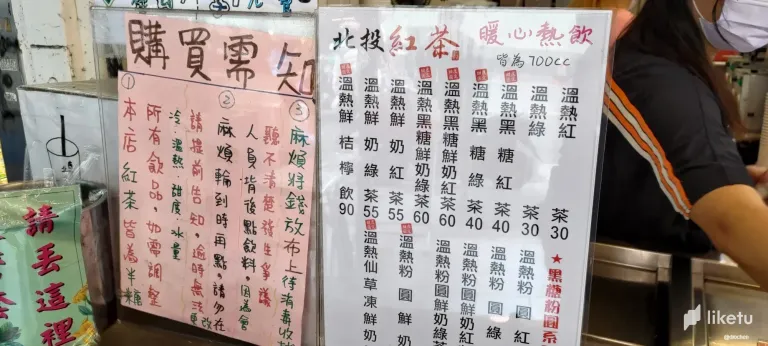
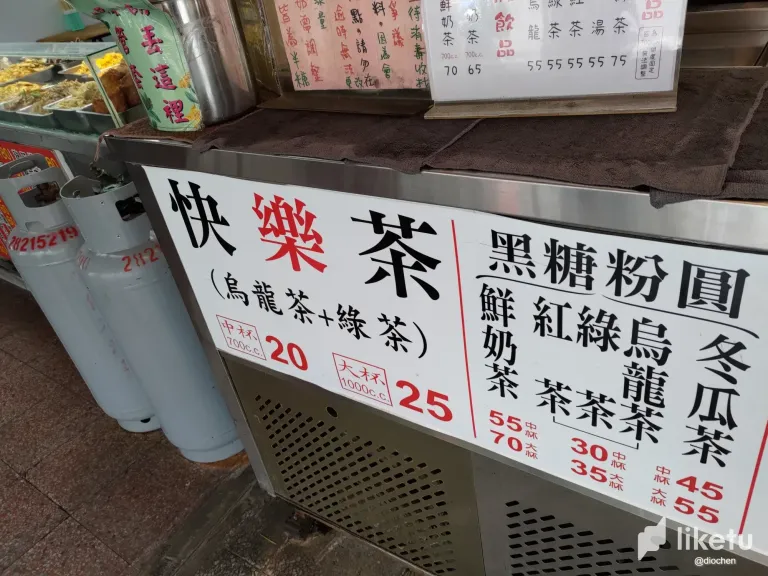
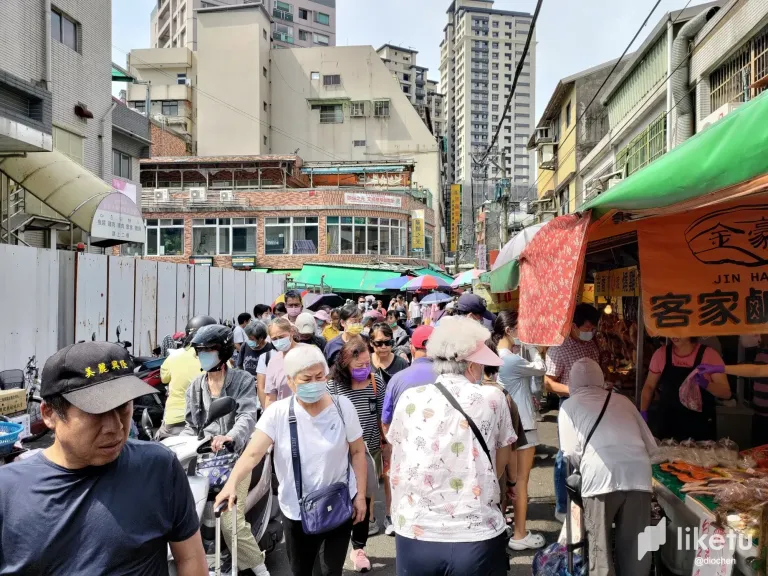
地理位置特殊的台灣島,處於大陸板塊交接之處,板塊活動頻繁,上個月才有一個高達七點二級的大地震,至今餘震不斷,上禮拜,還有上下震個幾次,震央在花蓮,但是在台北的我們也非常有感,也因為板塊活動頻繁,所以島上富含豐富地熱資源,簡單來說就是溫泉很多,冬天很冷的時候,只要去泡個幾小時溫泉,全身舒爽起來了,也不會覺得那麼冷了,北投也是溫泉勝地之一,外地人到北投除了泡湯之外,常常會買杯古早味紅茶來喝。
而北投古早味紅茶為甚麼會那麼出名,據北投在地人說,主要是因為製造業興起時,北投磺港溪畔(今北投市場)是六十年代人力資源的聚集地,只要來這裡就能找到一天的臨時工,也因為多數人在這邊從事勞動工作,所以因應而起有許多清茶館,作為工人下班後的休閒去處,大家也知道工人階層都是賺辛苦錢,可以消費的金額不會太高,從而便宜好喝的冰紅茶就開始熱賣延續至今,它除了風味不錯之外,相比於一般手搖飲店的價錢便宜了不少,也是它吸引人的原因之一。
北投古早味紅茶,聽說是三強鼎立的局面,分別是古早味紅茶始祖「蔡元益」、排隊必喝「高記茶莊」以及在地人低調推薦「明泉」,它們都在北投市場周圍,各有各的死忠顧客支持,這三家我都有特別去喝過,憑良心說,都還不錯,我沒有特別喜好那一家,反而,我常去買的是燕窩北投紅茶,燕窩北投紅茶已經做成連鎖店的形式,走出北投商圈了,在很多地區,都可以看到它的分店,口味也還可以。
網路上對於燕窩北投紅茶,是好壞參半,好的評價多是價錢合理,壞的評價好像是店員服務態度不好,評價還算中肯,我都能理解,首先,它賣的紅茶比一般飲料店相比,的確較好喝,我覺得是北投古早味飲料用的茶葉較好,雖然燕窩北投紅茶是連鎖體系,但它對茶飲的品質還是有堅持,北投古早味紅茶在疫情後已經漲價了,但還是比一般手搖飲店的價錢便宜,此外,很多手搖飲店的茶飲,味道超淡的,完全沒有茶的味道,能比它更便宜的茶飲就是便利商店的便宜茶飲,但是該便宜茶飲的化學味很重,連我都喝得出化學味,北投古早味紅茶好喝的太多了,所以,假如到北投來的話,不妨試試看,連在地人都天天喝的古早味紅茶。
Taiwan, being situated at the convergence of tectonic plates, experiences frequent seismic activities. Just last month, we had a massive 7.2 magnitude earthquake, with aftershocks still rattling us. Last week alone, we felt several tremors. Although the epicenter was in Hualien, those of us in Taipei felt it too. Now, due to these tectonic movements, our island is rich in geothermal resources, meaning we've got plenty of hot springs. So, when winter hits hard, a few hours soaking in the hot springs can do wonders, warming you up and making you feel relaxed. Beitou is one of the hot spring hotspots. Besides soaking in the baths, visitors, especially outsiders, often grab a cup of traditional red tea.
Now, why is Beitou's traditional red tea so famous? According to locals, it all goes back to the rise of the manufacturing industry. Beitou's Sulfur Port Creek (now Beitou Market) was a hub for labor in the 1960s. People would flock here to find day labor jobs, and since many worked around here, numerous tea houses popped up as leisure spots for them after work. Being hardworking folks with limited disposable income, they favored cheap and tasty iced red tea, which became quite the sensation and continues to be so today.
Beitou's traditional red tea, known simply as "Beitou Traditional Red Tea," has three main contenders: the original "Cai Yuanyi", the must-try "Gaoji Tea House", and the locally recommended "Mingquan". They're all located around Beitou Market and each has its loyal following. I've tried them all, and honestly, they're all pretty good. But my go-to choice is Beitou Red Tea from "Yanwo", a chain store that has expanded beyond Beitou and can be found in many areas.
Online reviews for Yanwo Beitou Red Tea are mixed. Some praise its affordability, while others criticize the service attitude of the staff. In my opinion, their tea is better than what you'd get at most bubble tea shops. Even though prices have gone up post-pandemic, it's still cheaper compared to regular bubble tea shops. Plus, many bubble tea shops serve very diluted tea, almost devoid of any tea flavor. The chemical taste is also quite prominent in cheaper tea drinks from convenience stores. Beitou's traditional red tea, on the other hand, offers a rich tea flavor. So, if you ever find yourself in Beitou, give it a shot. Even the locals drink it daily.
For the best experience view this post on Liketu